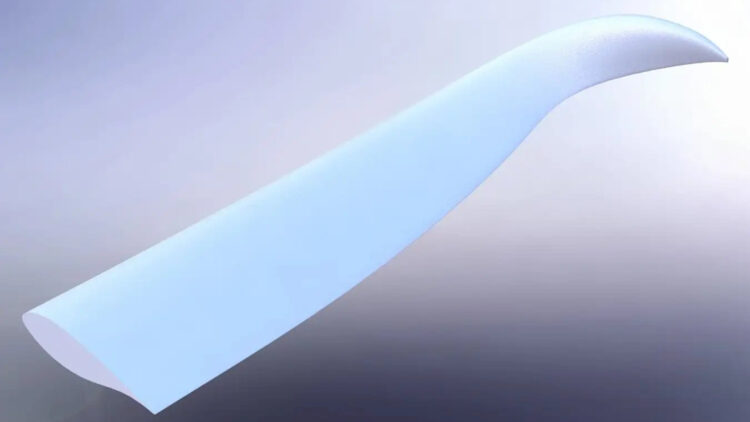Birds of a feather flock together, and when it comes to innovation in renewable energy, nature often leads the way. The Andean condor, one of the world’s largest birds, has inspired an exciting new design to enhance wind turbines’ efficiency. By mimicking the aerodynamic winglets of this remarkable bird, researchers are paving the way for a future where wind energy generation could soar to new heights.
Andean condor: Harnessing nature’s design
Famed for its impressive wingspan of over 118 inches and its ability to glide long distances without flapping, the Andean condor has proven to be an excellent model for boosting wind turbine efficiency.
A recent study from the University of Alberta in Canada has found that integrating winglets inspired by the Andean condor’s wings into wind turbine designs could increase energy production by an average of 10%.
The distinctive aerodynamic structure of the condor’s wings, particularly the upturned tips, allows the bird to maximize lift while minimizing drag. Khashayar Rahnamaybahambary, the study’s lead author, explains that “winglets enable turbines to capture more wind energy by minimizing losses [resistance].”
By applying this natural principle to wind turbine blades, researchers aim to considerably improve energy extraction from wind.
Project Condor: The science behind the winglet design
Typically, wind turbines encounter challenges with induced drag, which result from the pressure differences created as blades slice through the air. This drag can significantly hinder efficiency, making it crucial for engineers to find solutions that boost performance. The adoption of winglets, which are already prevalent in modern aircraft, presents a promising opportunity to overcome these challenges in wind energy generation.
Rahnamaybahambary’s team employed computer simulations to analyze the airflow around wind turbines equipped with condor-inspired winglets. The results indicated that these winglets could drastically decrease drag and improve the overall efficacy of wind turbines.
The team found that by incorporating the winglet, it increased the pressure differential between the suction and pressure surfaces along the blade’s span. This led to greater torque and increased power output.
Biome Renewable, a Canadian industrial design firm, played an important role in this research through its “Project Condor,” developing a bio-inspired winglet that measures 18 feet in length. This innovative design is intended to be retrofitted onto existing turbine blades, allowing for cost-effective upgrades with minimal disruption.
Practical implications and future research
Although the study’s results are encouraging, implementing winglets on existing wind turbines poses obstacles. Retrofitting may be impractical due to potential downtime and associated costs. However, for new turbine designs, integrating these winglets during production could yield great performance enhancements.
The application of these winglets is especially relevant as the demand for renewable energy continues to grow. Researchers are currently conducting further investigations into the design using advanced turbulence models to refine these findings. Their goal is to provide more comprehensive data for the wind industry, which is vital for shifting to more viable energy sources.
As the world recognizes the need for clean energy alternatives to traditional fossil fuels, the inspiration drawn from the Andean condor could change wind turbine designs for the better. The combination of nature’s ingenuity and advanced engineering could herald a new era in renewable energy production.
All in all, the application of condor-inspired winglets in wind turbine technology exemplifies the potential of biomimicry in enhancing renewable energy. By reducing drag and improving efficacy, these winglets could revolutionize the wind energy sector and help fulfill global energy demands. As researchers continue to explore this synergy between nature and technology, we may soon witness a future where turbines operate at unprecedented levels of efficiency, thus contributing to a cleaner, more sustainable planet.

